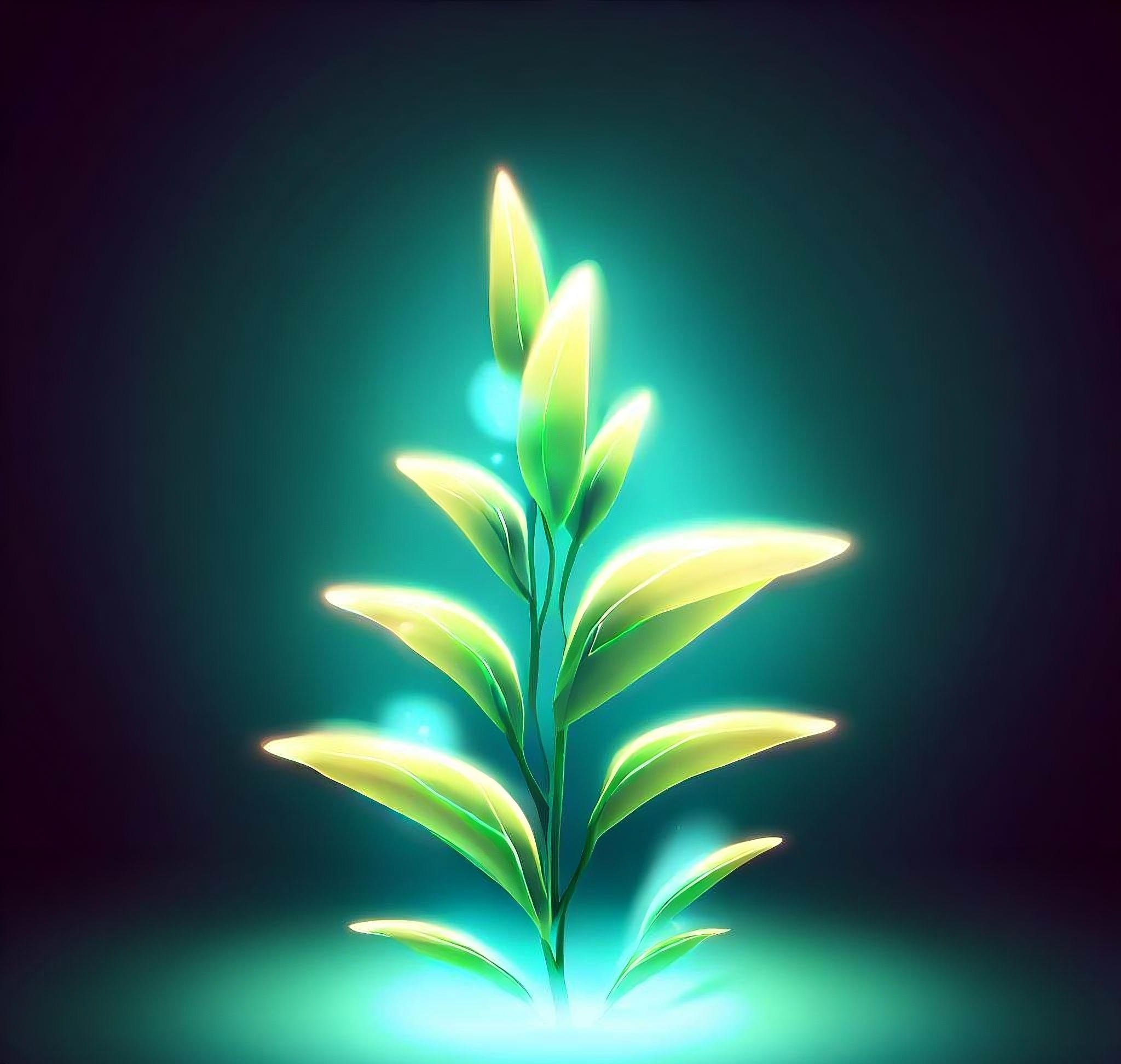
분 대학과 미시간 대학의 연구에 따르면 특정 식물이 장기간의 가뭄에서 살아남고 비가 내린 후 회복하는 능력은 단일 “기적의 유전자”가 아니라 광범위한 유전자 네트워크 때문이라는 것이 밝혀졌습니다.
분 대학과 미시간 대학의 과학자들은 가뭄에 강한 식물의 게놈에 대한 포괄적인 분석을 수행했습니다.
특정 식물[{” attribute=””>species possess the ability to endure prolonged periods without water, rejuvenating to their green state after a minor rain shower. A joint study conducted by the Universities of Bonn and Michigan reveals that this unique trait doesn’t stem from a singular “miracle gene.” Instead, this resilience is the result of an interconnected network of genes, most of which can also be found in less resistant plant varieties. The findings of the research were recently published in The Plant Journal.
The investigators thoroughly examined a species extensively studied at the University of Bonn, the resurrection plant known scientifically as Craterostigma plantagineum. Its name appropriately reflects its ability to seemingly return from the dead during periods of drought. Despite seeming lifeless after enduring months of water scarcity, this remarkable plant requires only a small amount of water to spring back to life.
“At our institute, we have been studying how the plant does this for many years,” explains Prof. Dr. Dorothea Bartels from the Institute of Molecular Physiology and Biotechnology of Plants (IMBIO) at the University of Bonn.
Her interests include the genes that are responsible for drought tolerance. It became increasingly clear that this ability is not the result of a single “miracle gene.” Instead, a great many genes are involved, most of which are also found in species that do not cope so well with drought.
The plant has eight copies of each chromosome
In the current study, Bartel’s team, together with researchers from the University of Michigan (USA), analyzed the complete genome of Craterostigma plantagineum. And this is built quite complex: While most animals have two copies of each chromosome – one from the mother, one from the father – Craterostigma has eight. Such an “eightfold” genome is also called an octoploid. We humans, in contrast, are diploid.
“Such a multiplication of genetic information can be observed in many plants that have evolved under extreme conditions,” Bartels says. But why is that? A probable reason: If a gene is present in eight copies instead of two, it can in principle be read four times as fast. An octoploid genome can therefore enable large quantities of a required protein to be produced very quickly. This ability also appears to be important for the development of drought tolerance.

The resurrection plant Craterostigma plantagineum in irrigated condition (left), desiccated (center), and then “resurrected” (right). Credit: AG Bartels/University of Bonn
In Craterostigma, some genes associated with greater tolerance to drought are even further replicated. These include the so-called ELIPs – the acronym stands for “early light-inducible proteins”, as they are rapidly switched on by light and protect against oxidative stress. They occur in high copy numbers in all drought-tolerant species. “Craterostigma has close to 200-ELIP genes that are nearly identical and are located in large clusters of ten or twenty copies on different chromosomes,” Bartels explains. Drought-tolerant plants can therefore presumably draw on an extensive network of genes that they can rapidly upregulate in the event of drought.
Drought-sensitive species usually have the same genes – albeit in lower copy numbers. This is also not surprising: The seeds and pollen of most plants are often still able to germinate after long periods without water. So they also have a genetic program to protect against drought. “However, this program is normally switched off at germination and cannot be reactivated afterward,” the botanist explains. “In resurrection plants, in contrast, it remains active.”
Most species “can do” drought tolerance
Drought tolerance, then, is something that the vast majority of plants “can do.” The genes that confer this ability probably emerged very early in the course of evolution. However, these networks are more efficient in drought-tolerant species and, moreover, are not active only at certain stages of the life cycle.
That said, not every cell in Craterostigma plantagineum has the same “drought program” either. This was shown by researchers from the University of Düsseldorf, who were also involved in the study. For instance, different drought network genes are active in roots during desiccation than in leaves. This finding is not unexpected: Leaves, for instance, need to protect themselves against the damaging effects of the sun. They are helped in this by ELIPs, for example. With sufficient moisture, the plant forms photosynthetic pigments that at least partially absorb radiation. This natural protection largely fails during drought. Roots, in contrast, do not have to worry about sunburn.
The study improves understanding of why some species suffer so little from drought. In the long term, it could therefore contribute to the breeding of crops such as wheat or corn that cope better with drought. In times of climate change, these are likely to be in greater demand than ever in the future.
Reference: “Core cellular and tissue-specific mechanisms enable desiccation tolerance in Craterostigma” by Robert VanBuren, Ching Man Wai, Valentino Giarola, Milan Župunski, Jeremy Pardo, Michael Kalinowski, Guido Grossmann and Dorothea Bartels, 27 February 2023, The Plant Journal.
DOI: 10.1111/tpj.16165
In addition to the University of Bonn, Michigan State University (USA) and Heinrich Heine University Düsseldorf were involved in the study. The work was funded by the US National Science Foundation (NSF) and the German Research Foundation (DFG).

“요은 베이컨과 알코올에 대한 전문 지식을 가진 닌자입니다. 그의 탐험적인 성격은 다양한 경험을 통해 대중 문화에 대한 깊은 애정과 지식을 얻게 해주었습니다. 그는 자랑스러운 탐험가로서, 새로운 문화와 경험을 적극적으로 탐구하며, 대중 문화에 대한 그의 열정은 그의 작품 속에서도 느낄 수 있습니다.”




:strip_exif(true):strip_icc(true):no_upscale(true):quality(65)/d1vhqlrjc8h82r.cloudfront.net/10-20-2021/t_845863cd96544dc699594913643f5083_name_image.jpg)




